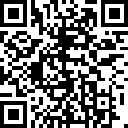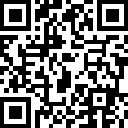Basic Types of Charts in Technical Analysis
16 August 2023

If you have read our article “Introduction to Technical Analysis”, then you must be aware of the significance of technical analysis, which is used by master traders to predict the ups and downs of the financial markets. In this article, we are going to lift the curtain on the myth of technical analysis: Charts!
- Line charts:
Let’s start with the most beginner-friendly chart: the line chart. Line charts display the closing prices of a currency pair, stock, crypto, or any other type of financial asset, over a specific time frame, and these price dots are connected with a line.
This straightforward chart gives a clear picture of price movements, convenient for you to take a quick glance at the market’s overall trend.
- Candlestick charts:
Candlestick charts are like little rectangles with wicks on top and bottom. These candles stand for price movements within a specific time period (maybe an hour or a day). The body of the candle indicates the opening and closing prices, while the wicks reveal the highest and lowest prices during that time. By taking advantage of candlestick charts, you can access more details about the magnitude of price movements.
- Bar charts:
Bar charts resemble vertical lines with small dashes on each side. The top dash represents the highest price, the bottom dash the lowest price, and the vertical line the opening and closing prices. Sounds like candlestick charts? That’s right. Bar charts are just like cousins of candlestick charts, providing similar information with just a slightly different look.
Summary
Charts help us unravel patterns, trends, and potential price movements. By analyzing these charts, you can make reasonable predictions about where prices might head next, giving you a competitive edge in CFD trading. Charts are your trusty companions to embark on the thrilling journey of trading.








